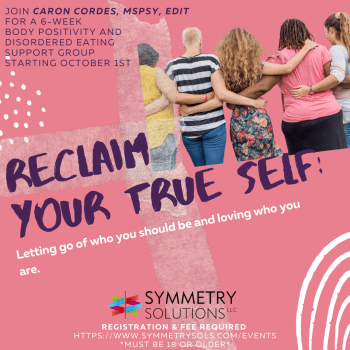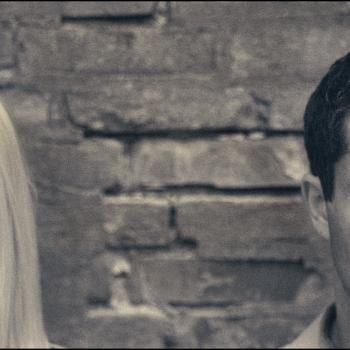Ronald Enroth is a Christian sociologist who has written much about religious movements – in particular when churches cross the line into what would be considered cult-like behavior. In Churches That Abuse Enroth identifies five categories:
Authority and Power – abusive groups misuse and distort the concept of spiritual authority. Abuse arises when leaders of a group arrogate to themselves power and authority that lacks the dynamics of open accountability and the capacity to question or challenge decisions made by leaders. The shift entails moving from general respect for an office bearer to one where members loyally submit without any right to dissent.
Manipulation and Control – abusive groups are characterized by social dynamics where fear, guilt, and threats are routinely used to produce unquestioning obedience, group conformity, and stringent tests of loyalty to the leaders are demonstrated before the group. Biblical concepts of the leader-disciple relationship tend to develop into a hierarchy where the leader’s decisions control and usurp the disciple’s right or capacity to make choices on spiritual matters or even in daily routines of what form of employment, form of diet and clothing are permitted.
Elitism and Persecution – abusive groups depict themselves as unique and have a strong organizational tendency to be separate from other bodies and institutions. The social dynamism of the group involves being independent or separate, with diminishing possibilities for internal correction and reflection. Outside criticism and evaluation is dismissed as the disruptive efforts of evil people seeking to hinder or thwart.
Life-style and Experience – abusive groups foster rigidity in behavior and in belief that requires unswerving conformity to the group’s ideals and social mores.
Dissent and Discipline – abusive groups tend to suppress any kind of internal challenges and dissent concerning decisions made by leaders. Acts of discipline may involve emotional and physical humiliation, physical violence or deprivation, acute and intense acts of punishment for dissent and disobedience.
I have spent my entire Mormon life defending against the notion that the Church of Jesus Christ of Latter-day Saints is a cult. I found that comparison hugely offensive and hurtful. It is heart-wrenching and I’m left dumbfounded that these policy changes, and the responses from many within the church that feel unable to criticize their leaders even if they might disagree, fit pretty neatly into the definition Enroth describes above. I am so pained for the LGBT members of our church. I am pained for those that feel confused as to whether or not they agree with the policies and what to do with those feelings. And also those who feel it is their responsibility and duty as faithful members to defend these measures as a test of loyalty to God and their beloved testimonies of the restored Gospel of Jesus Christ. It just pains me for everyone involved. We are all torn in one way or another.
I would encourage us to look at the categories Enroth describes – and use them as ways to better delineate what is appropriate behavior and thought within a church system, and also, within our family and social systems as we engage with one another in the debates that are currently happening within our Mormon community.
Natasha Helfer Parker can be contacted at natashaparker.org.











